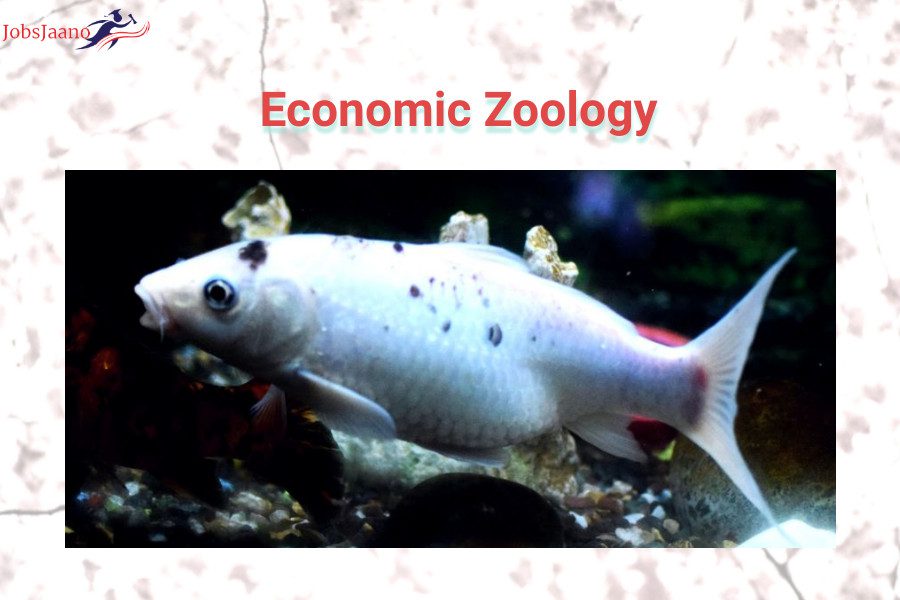Multiple choice Questions of Zoology Topic Economic Zoology MCQ with Answers ( Economic Zoology Quiz ) for NEET, GATE, AIAPGET, NEET MDS, NEET PG, DNB PDCET, AIIMS SS, PGIMER (Other), AIIMS PG and many more competitive examinations.
Zoology MCQ Online Test | Zoology MCQs | Economic Zoology
1. Mulberry silkworm is
(a) Bombyx mori
(b) Attacus atlas
(c) Antheraea mylitta
(d) Antheraea assamensis
Ans. a
2. Muga silk is produced by
(a) Antheraea pernyi
(b) Antheraea assamensis
(c) Antheraea mylitta
(d) Bombyx mori
Ans. b
3. Oak tasar silk is produced by
(a) Bombyx mori
(b) Antheraea assamensis
(c) Antheraea proyeli
(d) None of these
Ans. c
4. Worker bees emerge from
(a) fertilised eggs
(b) unfertilised eggs
(c) Both (a) and (b)
(d) None of these
Ans. a
5. Katla is a
(a) surface feeder
(b) column feeder
(c) bottom feeder
(d) None of these
Ans. a
6. Sahiwal is a breed of
(a) buffalo
(b) sheep
(c) goat
(d) cow
Ans. d
7. Cow pox is caused by
(a) arbovirus
(b) canarypox virus
(c) orthopoxvirus
(d) hordeivirus
Ans. c
8. Foot and mouth disease in bovids is caused by
(a) phytoreo virus
(b) picorna virus
(c) una virus
(d) None of these
Ans. b
9. Mrigal is a
(a) bottom feeder fish
(b) column feeder
(c) surface feeder
(d) None of the above
Ans. a
10. Karl von Frisch worked on which bee variety
(a) Apis floria
(b) Apis mellifera
(c) Apis cerena
(d) Apis dorsata
Ans. c
Sericulture MCQ With Answers
11. If bee larva is fed with bee breed it develops into
(a) queen
(b) worker bee
(c) Both (a) and (b)
(d) Neither queen nor worker bee
Ans. b
12. Royal jelly is produced from which gland of worker bee
(a) mandibular gland
(b) wax gland
(c) abdominal gland
(d) antennal gland
Ans. a
13. Which part of metathoracic leg of worker bee is modified into pollen basket?
(a) Femur
(b) Tibia
(c) Tarsal claws
(d) Trochanter
Ans. b
14. The introduction of new species and the escape of exotic species from aquaculture into indigenous water will be of concern because these species
(a) have potential to alter the new host environment
(b) can introduce parasites and diseases
(c) can contribute genetic degradation of local fish
(d) All of the above
Ans. d
15. A producer of freshwater prawns can safely and effectively control insects that would otherwise eat juvenile prawns by
(a) using paddle to aerate the pond
(b) spraying pond with insecticides
(c) making a motor oil and diesel or film on the surface of water
(d) None of the above
Ans. c
16. In chickens infected with Borrelia anserina, gross lesion is characteristically found in the
(a) liver
(b) heart
(c) spieen
(d) lungs
Ans. d
17. Moulds causing spoilage of eggs include species of
(a) Cladosporium
(b) Mucor
(c) Thamnidium
(d) All of these
Ans. d
18. Which of the following is an indigenous poultry variety?
(a) Kalamasi
(b) Aseel
(c) Leghom
(d) Both (a) and (b)
Ans. d
19. Earthworms which are seen on the surface are called
(a) epigeic
(b) endogeic
(c) annecic
(d) hygienic
Ans. a
20. Which of the following is employed for rearing of earthworms?
(a) Bamboo tray
(b) Apiary
(c) Vermi box
(d) Poultry farm
Ans. c
Economic Zoology pdf | Economic Zoology Notes | Trends in economic zoology pdf
21. What is the scientific name of Indian bee?
(a) Apis indica
(b) Apis florea
(c) Apis dorsata
(d) Apis mellifera
Ans. a
22. Honey does not contain one of the following
(a) maltose
(b) fructose
(c) enzyme
(d) dextrose
Ans. b
23. Eri silk is produced by
(a) Bombyx mori
(b) Pholistone ricini
(c) Antheraea assamensis
(d) Antheraea mylitta
Ans. b
24. Silk glands are modified from
(a) salivary gland
(b) lacrymal gland
(c) sweat gland
(d) sebaceous gland
Ans. c
25. Which one among the following is poisonous fish?
(a) Whale
(b) Sting ray
(c) Shark
(d) Rohu
Ans. b
For More Topic of Zoology MCQs CLICK HERE

